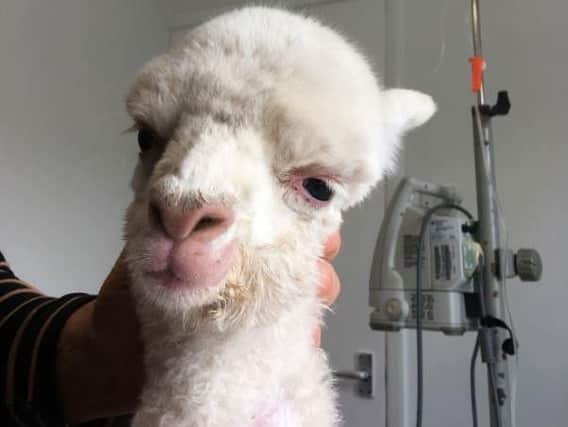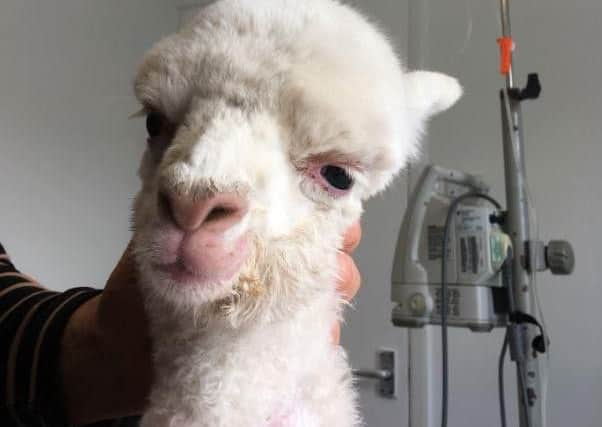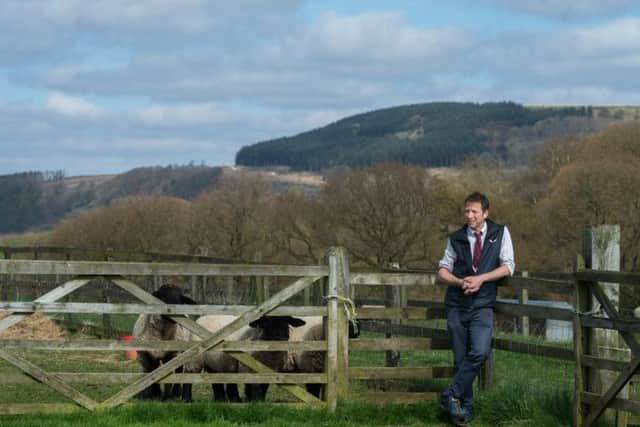Week-old alpaca lacks its 'protective elixir' - Yorkshire vet Julian Norton
This article contains affiliate links. We may earn a small commission on items purchased through this article, but that does not affect our editorial judgement.


It wasn’t long before another alpaca visited the surgery. This one was much smaller. She was a week-old cria called Ivory, whose mum had been short of milk. This meant that the baby had not received sufficient colostrum – the first, nutrient-packed milk, which is full of protective antibodies.
Without this protective elixir, many animals are susceptible to life-threatening infections as the immune system is so compromised.
Advertisement
Hide AdAdvertisement
Hide AdThere is a solution to this problem, but it needs some prior planning. As the army say, “prior planning prevents poor performance” and so we had prepared, some time ago, by collecting bags of plasma, from healthy adult alpacas. The system is fiddly and involves the Pet Blood Bank, which offers a great service for handling blood donations in dogs and cats, allowing blood to be readily available if a pet needs a blood transfusion.


They have adapted their services so that alpacas can benefit, too. I had collected about 10 bags of blood, weighed and labelled each one and packaged them up in an insulated box. An ambulance-type van collected the box of blood and whisked it away to the lab, and a week later I had a supply of frozen plasma, ready for action in case of just the problem that faced Ivory.
Advertisement
Hide AdAdvertisement
Hide AdWe defrosted one of the frozen bags according to the instructions and Ivory arrived for her transfusion. The consulting room had been transformed into an emergency room and there was a tangible feel of excitement for everyone involved.


I had done transfusions many times before, but for the owner and the nurses (and, of course, the camera crew), this was a first. The plasma bag was hung up and the drip line connected. I clipped fleece from Ivory’s neck and prepped it thoroughly with scrub and surgical spirit, before taking a deep breath and placing the catheter. It can be difficult to put an intravenous cannula in a baby cria. Their skin is thick and the vein is small, although the process is easier once the thick fleece is removed.
The catheter slipped in easy and I applied some tissue glue to keep it in place. In the past, we used to place sutures to keep a catheter in the jugular vein of a horse or large animal (we use the front leg of a dog or cat), but nowadays, modern tissue glueworks a treat.
I hooked up the antibody-rich bag of fluid and watched it drip in slowly. Everyone crossed fingers that no abnormal reaction would occur. This is always a possibility and swelling of the face and other nasty things can happen if there is any type of transfusion reaction. I trickled the liquid in slowly at first, then more quickly as Ivory appeared to be coping very well. The tension in the room lifted as it became clear that everything was going to plan
Advertisement
Hide AdAdvertisement
Hide AdWithin just a few minutes, all the new plasma was coursing through Ivory’s veins. The boost to her immunity would cover the gap while her own immune system was inadequate.
Meanwhile, for everyone watching and helping, there was also a boost. It wasn’t additional plasma that had caused it, but the satisfaction of doing something new and life-saving. I hoped the outcome would be as successful as that of the previous alpaca in the practice!